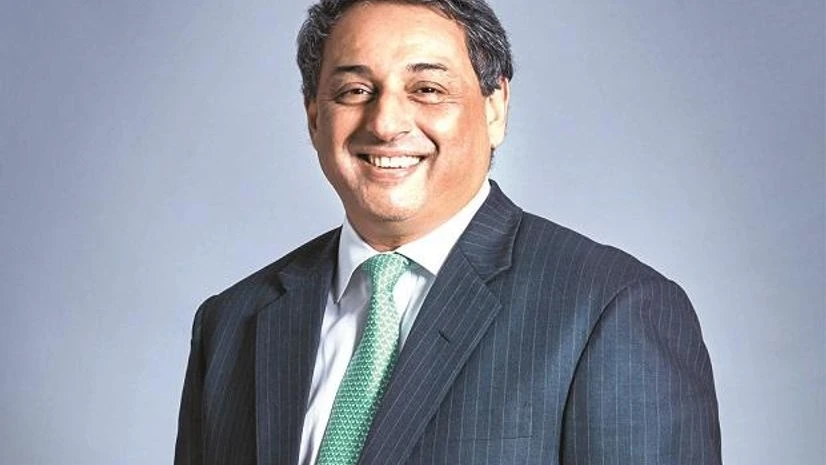Tata Steel Ltd will look to grow organically, and the steel giant is under no pressure to look at fresh acquisitions during this decade, Chief Executive Officer and Managing Director T V Narendran said.
Narendran said that the Jamshedpur-based behemoth will fuel its growth ambitions to more than double its output, relying on organic growth at its existing sites.
Most of our growth in the last few years has been through the inorganic route (acquisitions). Currently, we are in a position where all our growth ambitions can be met through organic growth in our existing sites.
We don't really need to acquire any new assets to grow (output) to 40-50 MTPA (million tonnes per annum) from the present level of 20 MTPA We will rely more on organic growth during this decade, Narendran told PTI in an interview.
Tata Steel had reported production of 19.06 million tonnes in the 2021-2022 fiscal.
Also Read
The steel behemoth had acquired Bhushan Steel in 2018, followed by Usha Martin in 2019. It is also on course to complete the acquisition of Neelachal Ispat Nigam Ltd (NINL) by the end of the April-June quarter.
Elaborating on the expansion plans of the company, he said the NINL output will be ramped up to 10 MTPA from 1 MTPA, while the Kalinganagar plant will see an expansion to 8 MTPA from 3 MTPA, and later to 16 MTPA.
So, there are huge opportunities and plans being made, he asserted.
Speaking of Tata Steel's decision to stop coal imports from Russia following its invasion of Ukraine, Narendran said the company is aware that the same quantity can be easily sourced from other countries.
We typically buy close to 15 MT of coal annually, of which around 3 MT used to come from Russia which can be easily be sourced from countries like Australia, Indonesia and Canada, he said.
Prohibitive insurance and shipping costs from Russia and Ukraine has made trade with those countries difficult for most partners.
Narendran also ruled out the possibility of hiking steel prices further, as rates were raised earlier this year after the Russia-Ukraine crisis started.
Most of the steel price increase happened in February-April. Right now, costs are stable, so steel prices are stable. We are comfortable with that, the top Tata Steel official said.
He said steel prices in India are likely to be Rs 8,000-8,500 per tonne higher in the first quarter of 2022-23 as compared to the fourth quarter of last fiscal.
Narendran said the demand-supply situation in the steel industry is more balanced at present and this will continue for some time.
We are now at a stage where a few things have changed one is China is no longer exporting as much steel as it used to in the past, other big exporting countries like Japan and Korea are also reducing shipments because they don't want to import raw materials, leave a carbon footprint and export steel.
Therefore, we're seeing a greater restraint being exercised by most countries which have traditionally been big exporters. In Europe, Ukraine and Russia have also been large exporters, but owing to this war, they are also not in the market, he explained.
Narendran said steel consumption will continue to grow in India, South East Asia and Africa, whereas demand in mature markets is likely to be sombre.
India is fundamentally a good place to manufacture steel, he said, as it has iron ore, unlike most of the other big, steel-producing countries. Also, much of the iron ore is in some of the poorest parts of India. Therefore, it has a great opportunity to create steel capacities, jobs and also be an exporter.
He, however, said India's steel demand has traditionally grown at less than the GDP growth rate, whereas in developing countries, consumption should ideally grow at a faster clip than the GDP.
Narendran also expressed apprehension about the crude steel production target of 300 MT by 2030 as envisioned in the National Steel Policy 2017.
I don't think 300 MT by 2030 is realistic, because we have lost three-four years due to the pandemic and other factors. Even if it grows at 7-8 per cent a year, you will be in the 200-250 MT range. That would be a more realistic estimate, he said.
India produced around 120 MT of crude steel during the financial year ended March 31.
(Only the headline and picture of this report may have been reworked by the Business Standard staff; the rest of the content is auto-generated from a syndicated feed.)

)
